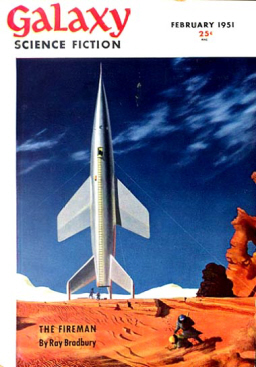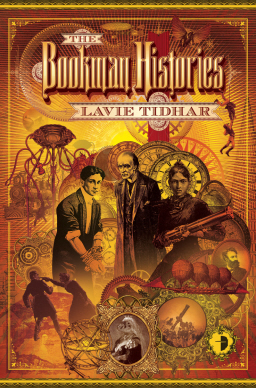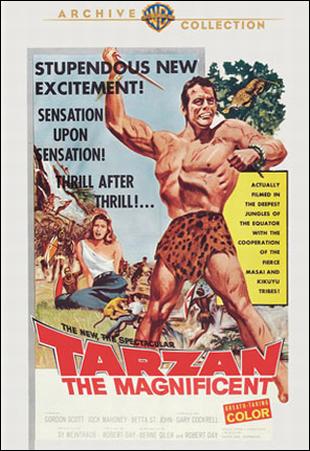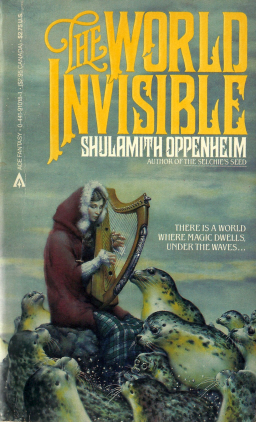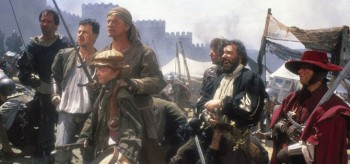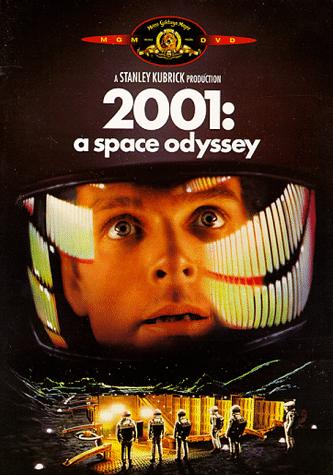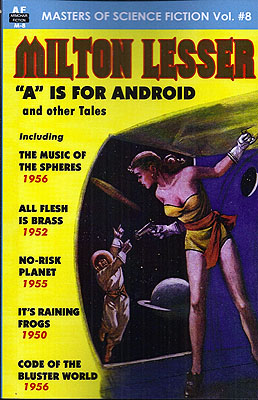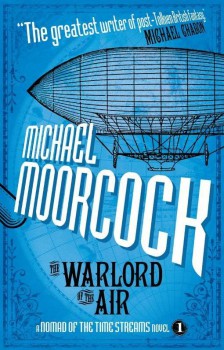The Top 15 Black Gate Fiction Posts in April
 Nina Kiriki Hoffman’s tale of a rest stop gone horribly wrong, “Truck Stop Luck,” was our top fiction post last month.
Nina Kiriki Hoffman’s tale of a rest stop gone horribly wrong, “Truck Stop Luck,” was our top fiction post last month.
Coming in a close second was Ryan Harvey’s sword & sorcery tale of intrigue and dinosaurs, “The Sorrowless Thief,” followed by Aaron Bradford Starr’s 35,000-word epic fantasy mystery “The Sealord’s Successor,” in which Gallery Hunters Gloren Avericci and Yr Neh find themselves battling a deadly conspiracy centered around a very peculiar painting. Also making the list were terrific stories by Emily Mah, Steven H Silver, Jason E. Thummel, E.E. Knight, Joe Bonadonna, Harry Connolly, David Evan Harris, and many others.
If you haven’t sampled the adventure fantasy stories offered through our new Black Gate Online Fiction line, you’re missing out. Every week, we present an original short story or novella from the best writers in the industry, all completely free.
Here are the Top Fifteen most read stories in April, for your enjoyment:
- “Truck Stop Luck,” by Nina Kiriki Hoffman
- “The Sorrowless Thief,” by Ryan Harvey
- “The Sealord’s Successor,” by Aaron Bradford Starr
- “Disciple,” by Emily Mah
- “The Cremators Tale,” by Steven H Silver
- An excerpt from The Bones of the Old Ones, by Howard Andrew Jones
- “The Poison Well,” by Judith Berman
- “Assault and Battery,” by Jason E. Thummel
- An excerpt from The Waters of Darkness, by David C. Smith and Joe Bonadonna
- “The Terror in the Vale,” by E.E. Knight
- “The Moonstones of Sor Lunarum,” by Joe Bonadonna
- “The Whoremaster of Pald,” by Harry Connolly
- “Seeker of Fortune,” by David Evan Harris
- “A Princess of Jadh,” by Gregory Bierly
- “The Pit Slave,” by Vaughn Heppner
The complete catalog of Black Gate Online Fiction, including stories by Mary Catelli, Michael Penkas, Vera Nazarian, Robert Rhodes, Ryan Harvey, Nina Kiriki Hoffman, E.E. Knight, C.S.E. Cooney, Howard Andrew Jones, Harry Connolly, and many others, is here. The Top fiction from March is here.
We’ve got plenty more in the coming months — including a big surprise this Sunday — so stay tuned!
